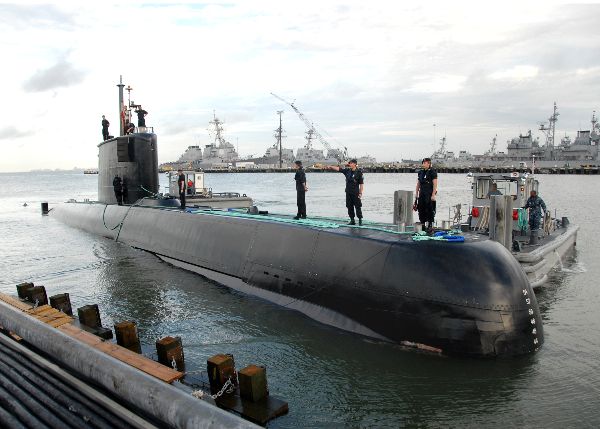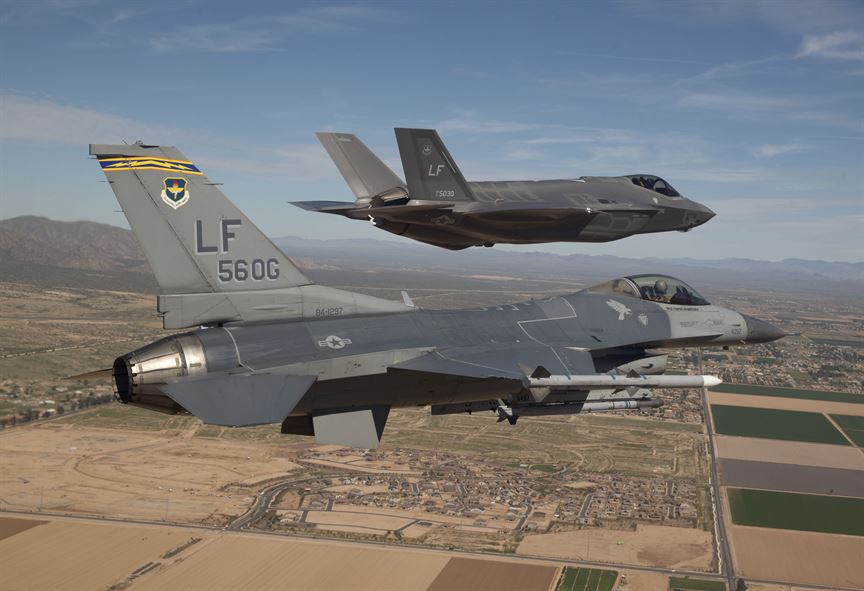A project led by the Ministry of Defence has since 2007 studied Norway’s future submarine capability. Several options have been looked at in the process. The Government has now decided that the project will enter a definition phase and evaluate an acquisition of new submarines to replace the existing Ula class when it becomes obsolete.
Norway’s six Ula class submarines were commissioned between 1989 and 1992, designed for a service life of thirty years. These submarines will be phased out in the 2020s. In addition to aging, technological advances make the Ula-class, which is based on design and technology from the 1980s, insufficient to meet future, high-tech threats.
Norway’s future submarine capability has been studied since 2007. The studies have been conducted in two phases, both with thorough external quality reviews before being presented. The Norwegian Government has now taken a conceptual decision on future submarine capability.
“Submarines are a vital capability in the Norwegian Armed Forces, and have a major impact on our overall defence capability. Together with combat aircraft and Special Operations Forces, submarines are among the armed forces’ most important capabilities. Hence, it is important that we now have established that the acquisition of new submarines will form the basis for further project work. This decision makes it possible for us to maintain a credible submarine capability,” says Minister of Defence Ine Eriksen Søreide.
The current Ula Class submarines will be 35 years old when they are replaced. They are originally built for 30 years of service. However, the Ula-class must be kept operational for additionally five years in order to maintain a continuous submarine capability until a replacement is operational. Studies show that it would have been very costly and impractical to extend the service life beyond this.
“The ability to operate covertly, which is vital for the submarine’s relevance, will be significantly better for a new submarine than what is achievable through service life extension of the current fleet. This is due to lower acoustic signatures and a better hydrodynamic design,” says Eriksen Søreide.
It is a substantial task that awaits the project organisation. Part of the work will be to evaluate potential cooperation with other countries in terms of procurement, training and maintenance. A partnership can contribute to economies of scale and a robust solution throughout the life of the submarines.
The decision only entails that the project moves into a new phase, the project definition phase. No investment decisions have so far been taken. By the end of 2016, a recommendation on the future submarine capability will be presented. Thereafter, pending the Governments decision, an investment proposal will be presented to Parliament. This will enable the delivery of new submarines to the Norwegian Navy starting from the mid 2020’s.
The total investment cost of this project depends on the number of submarines and the weapons inventory.
“I emphasize that we have not decided the final level of ambition for this project or the number of submarines. This is something I will give my recommendation on when the project is presented in 2016,” says the Minister of Defence.











